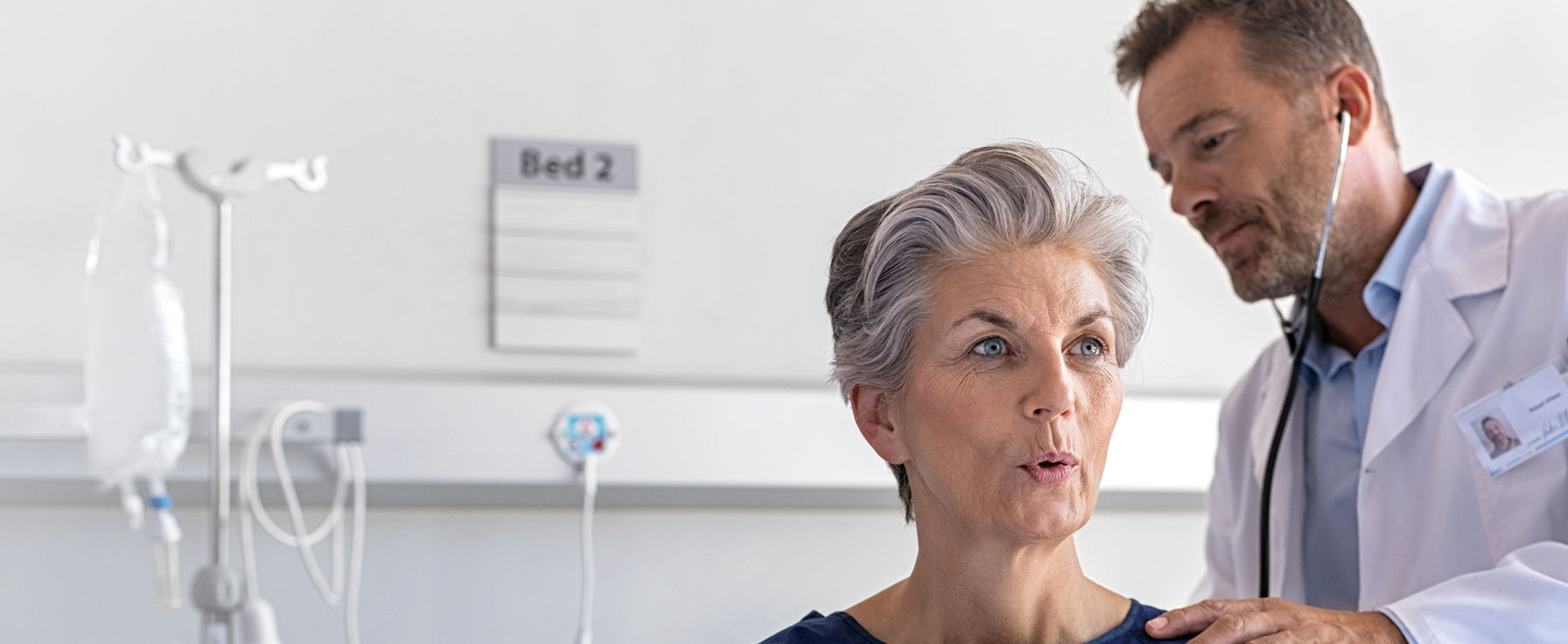Streptococcus pneumoniae, a gram-positive, lancet-shaped bacteria, is the main cause of community-acquired pneumonia and meningitis in children and the elderly, and of sepsis in those infected with HIV. Complications of invasive pneumococcal disease may include:
- Bronchitis
- Sinusitis
- Otitis media
- Pneumonia
- Meningitis
- Bloodstream infection
Infections due to S. pneumoniae are often contagious, and can induce symptoms and conditions that range in severity. Sinusitis and bronchitis tend to be more mild conditions, whereas pneumonia, meningitis, and bloodstream infection due to pneumococcal infection can often be life-threatening and require immediate hospitalization.
Those at higher risk for serious pneumococcal disease include:
- Children younger than 2 years old
- Adults older than 65 years old
- Those with compromised immune systems
S. pneumoniae is the primary cause of pneumonia deaths worldwide. In 2019, 2.5 million people globally died from pneumonia, nearly one third of which were children younger than 5 years old. Most of these deaths occurred in developing countries.
Currently, there are pneumococcal vaccines that are able to reduce the risk of contracting some types of pneumococcal disease. In addition to remaining up to date with your vaccination schedule, other steps to help prevent infection include:
- Practicing good hygiene
- Distancing from sick people
- Eating well
- Exercising
- Sleeping
- Quitting smoking
Keeping the immune system strong helps lower the risk of contracting pneumococcal disease.
There are several classes of laboratory tests that are able to help detect S. pneumoniae, including:
- Gram stains of sputum samples
- Hemoculture of blood specimens
- Rapid antigen tests of urine or CSF samples
Antibiotic treatment usually includes a broad-spectrum cephalosporin, and often vancomycin, until results of antibiotic susceptibility testing are available, which can take up to 24 hours or more. Data show that pneumococcal bacteria are resistant to one or more antibiotics in 30 percent of cases.
Resistance to penicillin and other antibiotics was previously thought to be common. However, U.S. and international guidelines recommend penicillin or amoxicillin as drugs of choice for pneumococcal pneumonia as opposed to community-acquired pneumonia without etiological identification, for which broad-spectrum antibiotics are still used.
Rapid detection of S. pneumoniae is one important factor which helps in the decision-making of early administration of targeted antibiotic treatment. Avoiding the unnecessary usage of broad-spectrum antibiotics helps decelerate the emergence of antibiotic-resistant strains of the bacteria, and improves overall the stewardship of antibiotic usage.



